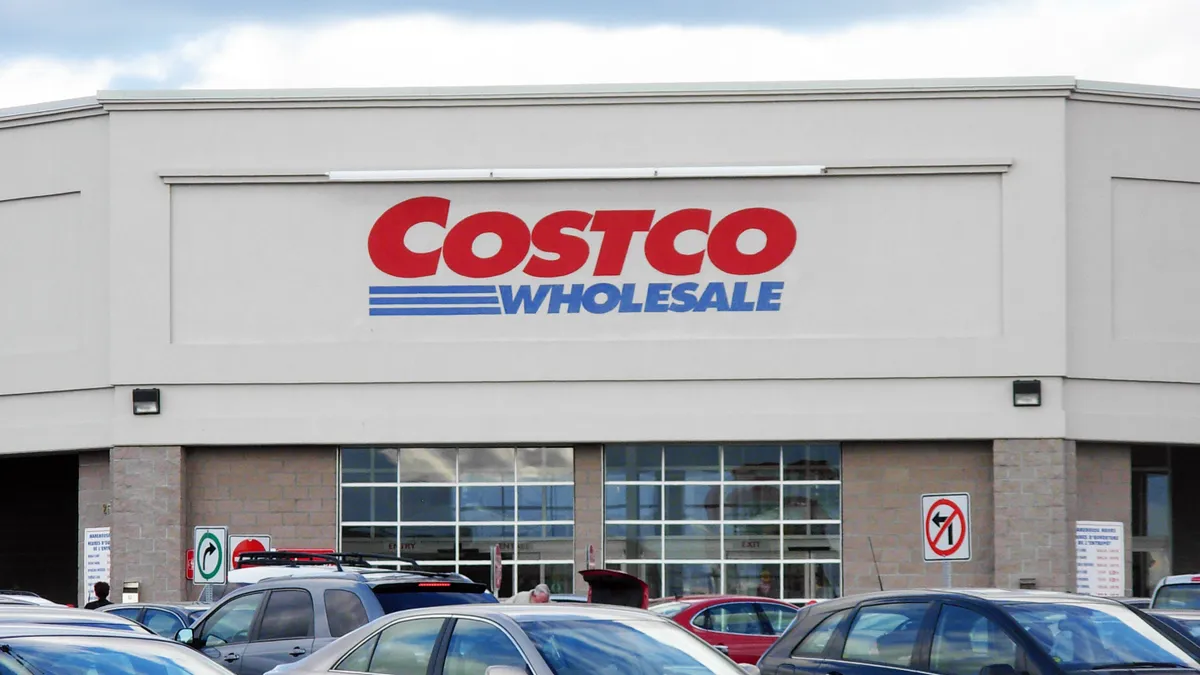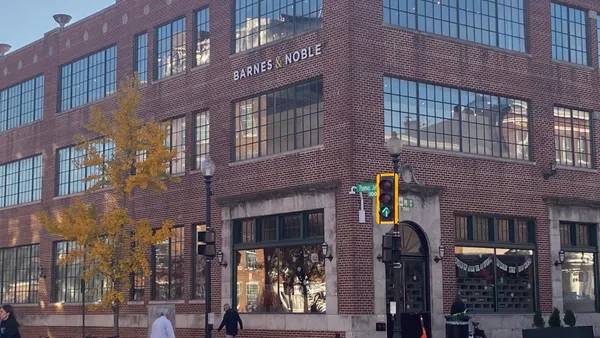Dive Brief:
-
Costco reportedly has begun accepting Apple Pay following its recently completed deployment of EMV-equipped contactless payment equipment throughout its network of 750 stores, according to MacRumors.
-
The wholesale club confirmed its adoption of Apple Pay to MacRumors, and told the publication it is also now accepting Google Wallet and Samsung Pay at contactless terminals in its U.S. stores. Costco did not immediately respond to Retail Dive's request for comment.
-
According to MacRumors, Costco had been testing Apple Pay at a small number of locations. The company also is planning to offer contactless payment at its gas stations.
Dive Insight:
Just a few years ago, Costco's idea of payment flexibility for its members was American Express, debit card, cash or shop elsewhere. Now, it may be using mobile contactless and mobile payments as vehicles for further broadening payment options for its customers.
Still, the wholesale club probably can't be considered an early adopter of alternative payments technology, even among its own kind. Not only have other retailers begun to accept contactless payments along with Apple Pay and other mobile payment options, but BJ's Wholesale Club has accepted contactless payments for a few years and integrated its own store-branded credit card with Apple Pay back in 2015. Regarding Apple Pay, at least one study has found that shoppers prefer Apple Pay to other mobile payment options.
Costco's switch from American Express to Citigroup as its credit card issuer may have something to do with its decision to start accepting contactless payments and Apple Pay in-store. Though that move came more than two years ago, Citigroup was particularly aggressive in pursuing the migration to contactless credit cards.
Ultimately, however, Costco may not have needed much convincing as it looks to strengthen its appeal among younger demographics of shoppers, particularly the booming Gen Z crowd, which is seen as more likely to use mobile payment options where they are accepted. Costco has proven resilient under the assault of Amazon and other membership-focused competitors. It continues to post strong revenue growth while also expanding its e-commerce fortunes, but the retailer also appears to recognize the need to remain relevant as time passes, and shopping and payment preferences evolve.













